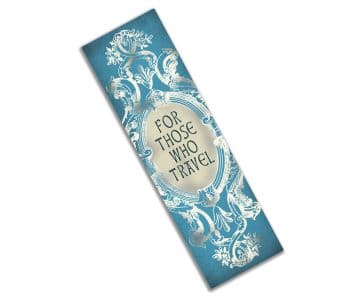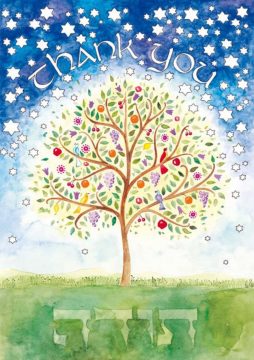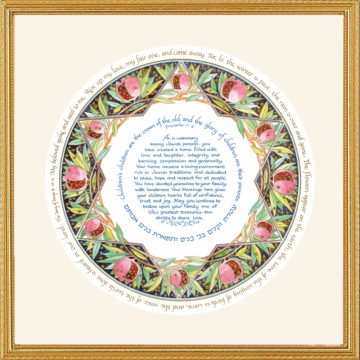How/Why did you get started in Ketubahs?
I got started in the Ketubah business when I got married. I was 18 years old and in art school. I was working at a place called the Jewish Teacher Center as the Artist-in-Residence in Wilmette, IL. All the women who worked there were very excited about my upcoming marriage. (In hindsight, they were probably very apprehensive too – but they didn’t make me aware of it at the time). And they asked if I was going to make my own Ketubah. I had never heard of a Ketubah before and when they showed me a book of antique Ketubot, I fell in love with them and was sure that I could make one myself. I did a bunch of research about Ketubot. I already knew calligraphy and Hebrew, so I did indeed make my own Ketubah. People were very impressed with it and at the wedding itself, I got commissions – and long story short, I have been making Ketubot ever since.
What has inspired your Ketubah art work?
Many different things have inspired the art work on my Ketubot. I love many forms of art – especially very detailed small things. I like looking at something very closely and seeing exquisite workmanship, but at the same time, I try to have the overall piece well designed as a whole with pleasing colors and patterns.
What is your creative process like?
Often, I will just see in my mind what I want a piece to look like – or a general idea of what it should look like, and then I dive right in and begin to work. As it emerges, I fill in the blanks that I hadn’t foreseen. I find that if I think too hard about something without starting, I become bogged down and start to procrastinate and then become afraid to begin. Sometimes I become stuck and can’t figure out how to proceed, at which point I can scan a piece and use Photo Shop to experiment. Before the computer, I did all the experimenting by hand which would take a really long time.
Does the fact that your art is on a Ketubah affect the design? Or does the design come first?
The design always comes first. Form follows function, but that doesn’t mean that the function can’t be reinvented and thought about a lot.
What is your favorite medium to work in?
I love to work with watercolors and gouache. I don’t like to get my hands dirty, especially with chemicals or elements that we really shouldn’t be touching.
What is your advice to brides and couples when they are choosing their Ketubah?
Choose a Ketubah and a text that speaks to you – as a couple. If the bride likes 10 different Ketubot and so does the groom, they should each choose their favorites, overlap them, see which ones are the same, then decide together which one they BOTH love. Each side has to be prepared to compromise. If the other doesn’t like a couple of the choices, so be it, let that one go. A couple can only have one Ketubah and it has to be one that both of them are satisfied with. The same goes for the text. Marriage is all about compromise, but if you are with the right partner, it should not be that difficult.
How does working together as a couple work for you guys? Has it taught you anything about marriage?
Eran and I work really well as a couple. We make most of the major decisions together and try to give 100% in our business and in our marriage. We try to compromise as much as we can and luckily, we each do very specific things – I do all the art and he does all the business. Neither of us can really do the other person’s job, but we try to help each other and make it as easy as possible.
#mickiecaspi #caspicardsandart #ketubah #ketubot #calligraphy #calligrapher #bride #groom #gettingmarried #engaged #wedding #weddings #jewishweddings #iammybeloveds #beloved #love #ketubahart #marriage #interfaithwedding #samesexmarriage #realwedding #chuppa #judaica #jewishpride #mazeltov #jewish #smashingtheglass


